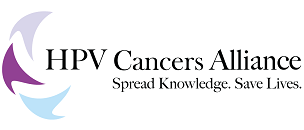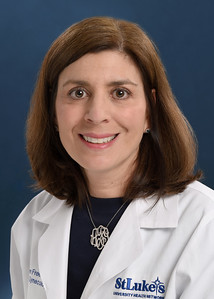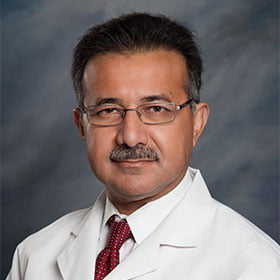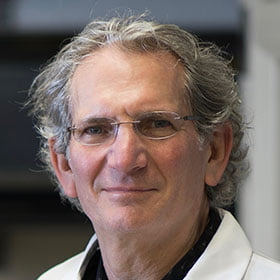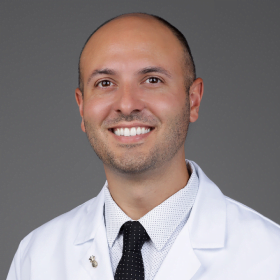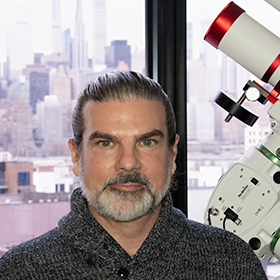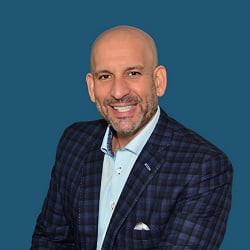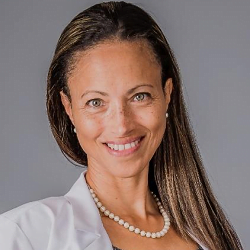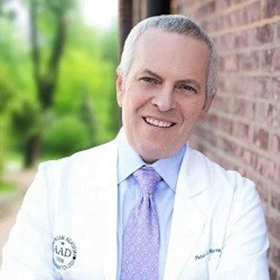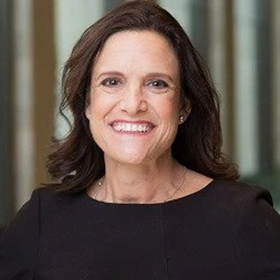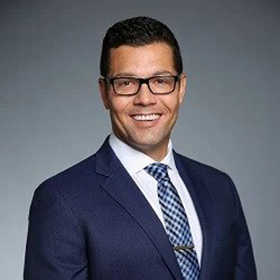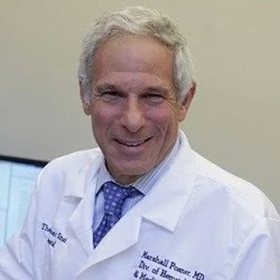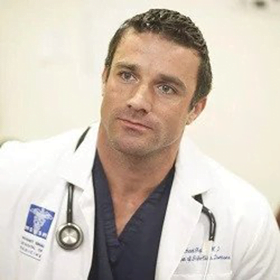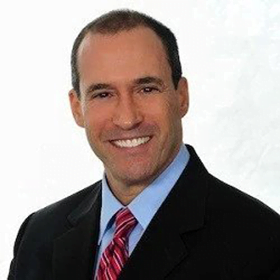Interview with Dava Klirsfeld, Doctor for Infectious Diseases

Dr. Dava Klirsfeld is a distinguished infectious disease specialist with over 40 years of experience in the medical field. Dr. Klirsfeld has been at the forefront of treating patients with HIV/AIDS, particularly during the peak of the epidemic. Today, she continues her dedicated work as an internist in East Hills, New York, and is affiliated with several leading hospitals, including St. Francis Hospital and Heart Center and St. Catherine of Siena Hospital. Her expertise and compassionate care have made her a respected figure in infectious disease and internal medicine.
“Dr. Klirsfeld’s medical experience
Dr. Klirsfeld has screened for HPV by performing cervical pap smears on patients referred to her throughout her 40-year career. After her fellowship in 1989, she treated patients diagnosed with STDs including HIV and HPV, most notably between 1989-1996, before antivirals and vaccines became available.
People Who Need to Be Screened with Pap Tests
In addition to the more typical population screened with Pap tests, it is important that women who are no longer sexually active and are at older ages continue to be screened for HPV. It is also important that men who have sex with men receive anal Pap tests.
Challenges when it comes to preventing and treating HPV infections compared to other viral infections?
Dr. Klirsfeld emphasizes that the biggest challenge is ensuring people get vaccinated, a task far more complex than it seems. Vaccine hesitancy is “100%, the biggest challenge” she explains. This challenge extends beyond individual adult patients to parents making decisions for their young children.
Another challenge is that medically,, “no one takes ownership of this virus, which makes prevention incredibly difficult.” No speciality in particular is responsible for HPV healthcare guidelines. Dr. Kirsfeld only sees patients after they have already been diagnosed as HPV-positive.
How the understanding of HPV as a cancer-causing virus has evolved over time?
Dr. Klirsfeld reflects on the growing public awareness of HPV, stating, “Over time, yes, I believe people have made the connection, especially with high-profile people coming out with their HPV status. I think people are really starting to associate the two.”
The core problem, she explains, is that “people don’t realize how deadly these vaccine-preventable diseases can be.” There are countless examples of diseases once feared and now controlled through vaccines.
“People don’t understand what it was like when there wasn’t a polio vaccine. Parents were afraid to let their kids outside or play in pools. So many children ended up crippled or dead. Thanks to a vaccine, we don’t have to live in that world.”
Klirsfeld points out the broader historical perspective: “Once again, Measles/Mumps, Smallpox, Diphtheria—no one realizes what it was like.” The risk-benefit ratio of vaccines, even then, was clear.
Beyond preventing infection, she underscores an additional benefit: “Vaccines make infections mild,” even when they don’t entirely prevent them. Even if someone vaccinated for HPV is infected, the chances of it progressing to cancer are immensely reduced..
Commonly encountered low-risk HPV symptoms
“Genital lesions and warts, Patients often don’t know what it is; they think it’s a rash of some sort.”
Klirsfeld elaborates on the intersection between HPV and HIV saying that when she treats patients with HIV and HPV symptoms, the genital warts often resolve once HIV treatment is initiated. This speaks to the notion that there are many factors, including immunodeficiency, that are major risk factors for HPV infection.
Stress is a risk factors for HPV infections
“We really don’t know how stress affects us, and although it’s not as measurable, we do know that cortisone is an immunosuppressant; when you have high levels of it in your body, it puts you more at risk”.
Importance of knowing the strain of HPV one has
There are hundreds of types of HPV that are associated with different health outcomes. How important is it for patients to be aware of the specific strains they might be infected with?
It is important for patients to understand whether they have a high- or low-risk HPV strain. Low-risk HPV strains (such as HPV 6 and 11) can cause genital lesions or warts, which are generally benign and do not lead to cancer. These warts may appear on the genital or anal areas but do not pose a significant cancer risk.
High-risk HPV strains (like HPV 16 and 18) typically have no visible physical symptoms. These strains can persist and, over time, cause cellular changes that may progress to cancer (such as cervical, anal, or throat cancer) if not detected and managed.
If patients know which HPV strain they have, they’ll be motivated to engage in surveillance, and know how to watch for the different strains, screening with Pap tests for high-risk strains and also looking for symptoms of low-risk strains. ”. She explains that patients are often very compelled to partake in screening when they understand that they’ve been infected with a high-risk strain. “Chances are, everyone will get HPV, so it’s important it’s in the forefront of everyone’s mind when it comes to routine care”.
Older people are also at risk for HPV viruses
This brought up a conversation surrounding different age demographics. Klirsfeld says that “Older people are not paying attention to safe sex because pregnancy is no longer a concern; some individuals may not live long enough to develop to cancer, but many will”.
What are the most common misconceptions about HPV ?
Dr. Klirsfeld elaborates on how the misconceptions fall on both ends of the spectrum, “Some people think it’s a death sentence. and some people just think it’s a rash, but don’t realize it’s an active infection that needs to be addressed and ignoring it is a true risk for long term health issues.”
This extends to parents making important health decisions for their children as well:
“Parents don’t want to give their kid the vaccine because of the shame involved with it, They think it implies that their kids are sexually active.” Evidence states however that “young people’s sexual debut is getting earlier and earlier” Klirsfeld states. “The bottom line is that mucus membranes spread viruses, and there are lots of ways people share their mucus membranes with each other”.
So the question is – why not protect a child from cancer?
“This is the only vaccine we have that can literally prevent cancer, and people don’t realize how serious these cancers can be. Men and boys especially need the vaccine because people don’t associate these cancers in men with HPV.
What is the connection between HPV and other sexually transmitted infections, like HIV?
Dr. Klirsfeld simply states “We always assume if people have one STD, they could have another truth be told, in my opinion, anyone who is sexually active, especially not monogamous, should get routine screenings for STDs.”
Again Klirsfeld hones in on the notion that “For males, this is a frontier that needs to be shared, it would help people get screened for STDs”.
This interview was conducted by Isabella Johnson MPH our Project Coordinator
